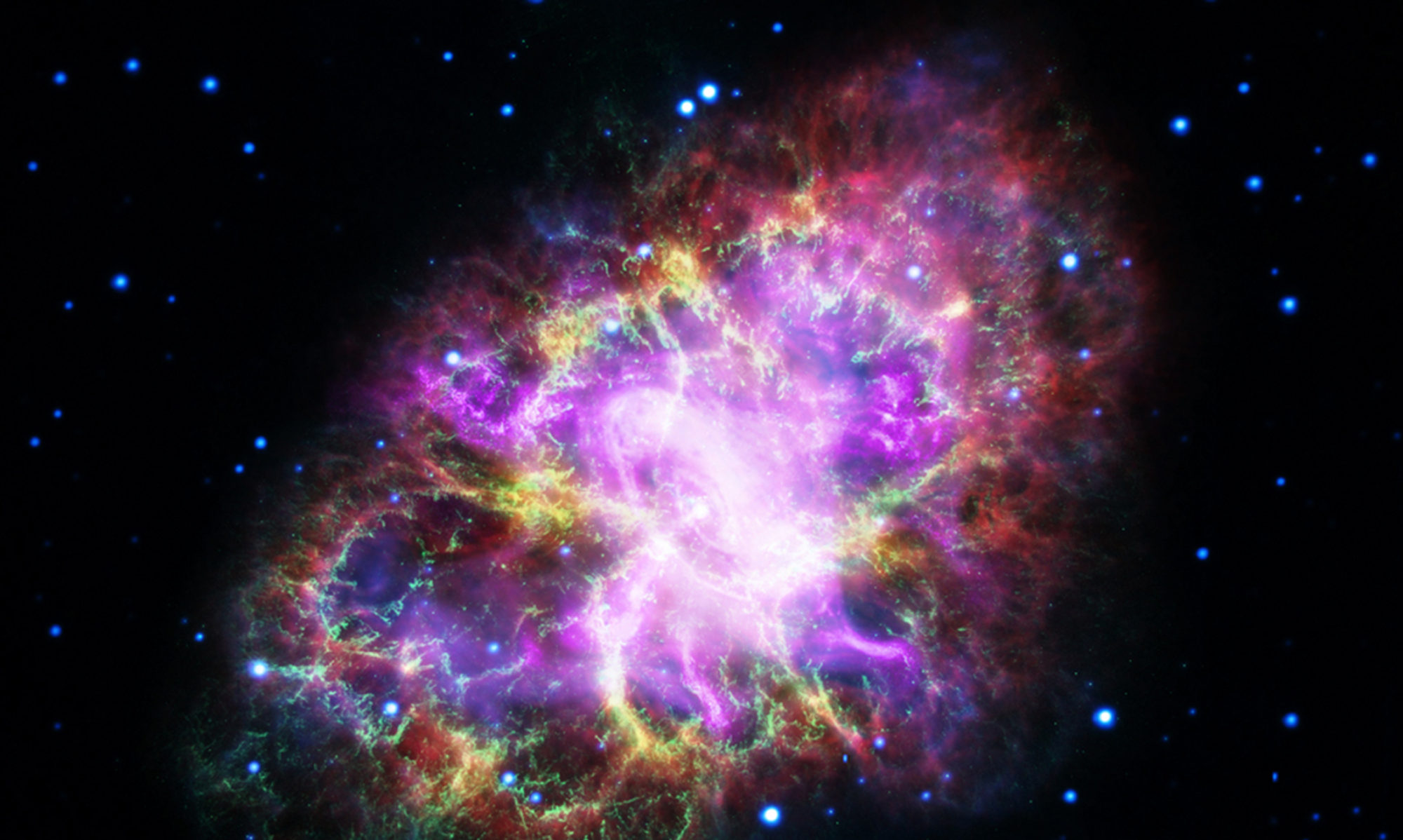The Network for UltraViolet Astrophysics (NUVA) is a pan-european network set-up to identify the needs of the astronomical community in the UV domain and eventually propose actions to structure it around new projects. It was first established in 2004 within the OPTical Infrared Coordination Network for astronomy in the FP6 program and produced the European road-map for UV astronomy that was included in the ASTRONET report in 2008.
Currently, the NUVA activity has been moved into the recently created IAU working group of UV astronomy within Division B (Facilities, Technologies and Data Science) to elaborate a road map for UV astronomy at global scale that can exploit the synergies between all interested agencies and the academia to coordinate the development of UV mission at all funding levels (from mini, cubesats, to Moon based telescopes or large coordinated missions).
The community scientific interest cover all possible areas of astrophysics: planetary atmospheres and aurorae, minor bodies in the solar system, exoplanets, star formation and young planetary disks, stellar activity, stellar winds, stellar atmospheres, white dwarfs research, massive stars, stellar populations, interstellar medium (from turbulence or the Local Bubble physics to planetary nebulae and supernovae remnants), interacting binaries and cataclysmic variables, Novae and SNe, star formation at galactic scales and the history of star formation in the Universe at z<2, chemical evolution, intergalactic medium, gravitational lensing and astrochemistry. By far, the stellar astrophysics (from young stars to cataclysmic variables) community dominates the NUVA.

